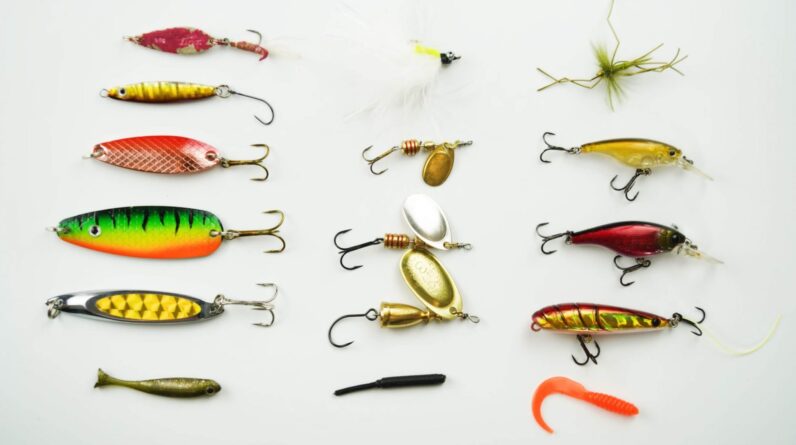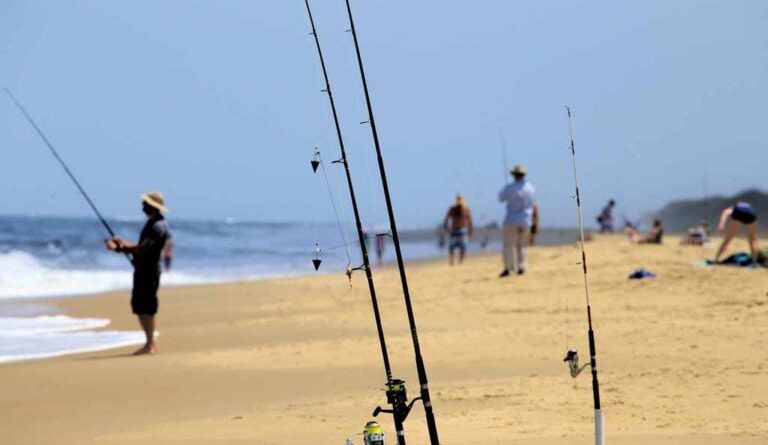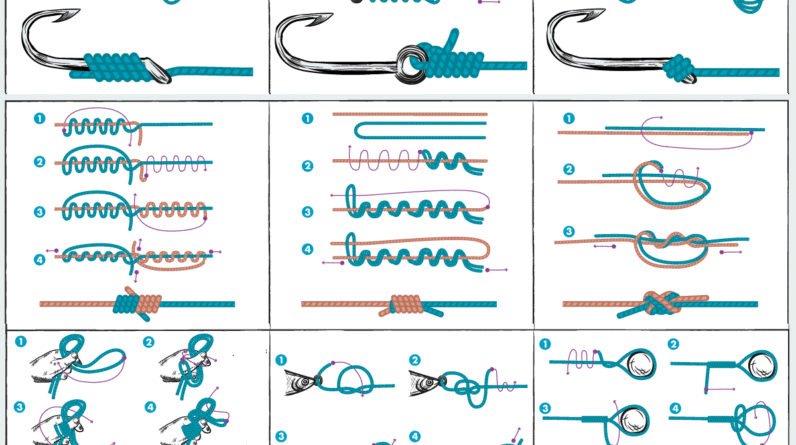Waders are a fundamental piece of gear for anglers who venture into waters to pursue their catch. Whether you’re fly fishing in a serene river or wading through a stream, choosing the right waders is crucial for comfort and functionality. In this comprehensive guide, we’ll explore the key factors to consider when selecting waders to ensure you stay dry and focused on your fishing adventure.
Understanding Wader Types
- Bootfoot Waders: These waders come with attached boots, providing an all-in-one solution. Bootfoot waders are convenient for anglers who don’t want to deal with separate boots but may lack the customizable fit of stockingfoot waders.
- Stockingfoot Waders: Stockingfoot waders have separate, neoprene booties, allowing anglers to wear their preferred wading boots. This type provides a more customizable fit and is popular among fly fishermen.
Choosing the Right Material
- Breathable Waders: Constructed from breathable fabrics like Gore-Tex, breathable waders allow moisture to escape, keeping you comfortable during extended periods of use. Ideal for warm weather or active fishing.
- Neoprene Waders: Neoprene provides excellent insulation, making these waders suitable for colder conditions. However, they may feel less breathable, making them better for short-duration outings.
- Nylon Waders: Lightweight and affordable, nylon waders are a budget-friendly option. While they lack the breathability of more advanced materials, they can be suitable for occasional anglers.
Determining Wader Durability
- Denier Rating: Denier is a measure of fabric thickness. Higher denier ratings indicate stronger, more durable waders. Consider the type of fishing you’ll be doing and choose an appropriate denier rating for durability.
- Reinforcements: Look for waders with reinforced knees and seat areas, as these are common wear points. Reinforcements enhance durability, especially when navigating rocky or abrasive terrains.
Ensuring Proper Fit
- Sizing: Waders that are too tight can restrict movement, while oversized waders can lead to discomfort and potential leaks. Refer to manufacturer size charts and consider trying on waders before purchase.
- Adjustable Features: Opt for waders with adjustable features, such as shoulder straps and waist belts, to achieve a personalized fit. These features enhance comfort during long hours on the water.
Selecting the Right Wader Style
- Chest Waders: Chest waders provide coverage up to the chest and are suitable for deeper waters. They offer versatility and protection in various fishing environments.
- Hip Waders: Ideal for shallower waters, hip waders cover up to the hip or waist. They are more lightweight and allow for increased mobility.
Considering Additional Features
- Pockets and Storage: Look for waders with convenient pockets for storing essential items. Pockets with secure closures keep valuables safe during your fishing expedition.
- Gravel Guards: Gravel guards, also known as built-in gaiters, prevent debris from entering your boots. They are essential for maintaining comfort and preventing irritation.
Maintaining Your Waders
- Rinsing and Drying: After each use, rinse off saltwater or debris from your waders. Hang them to dry thoroughly before storage to prevent mold and mildew.
- Storage Practices: Store your waders in a cool, dry place. Avoid compressing them for extended periods, as this can damage the material and compromise their waterproofing.
Conclusion
Choosing the right waders is a vital aspect of preparing for a successful and comfortable fishing experience. By understanding the different types, materials, and features available, you can make an informed decision that aligns with your fishing preferences and environment. For a wide selection of quality fishing gear and expert advice, visit cheerfulfisherman.com.






